Expansion Management - 2006 America's 50 Hottest Cities |
Wednesday, April 18, 2007
Expansion Management's Hottest 50 Cities
Posted by
Admin
at
11:30 PM
0
comments
![]()
Home Sales Decline in 28 States, D.C.
Is the housing bubble about to burst? |
Posted by
Admin
at
11:00 PM
0
comments
![]()
the crack epidemic in your city
how bad is it? have you ever witnessed it? |
Posted by
Admin
at
10:30 PM
0
comments
![]()
New Data Shows Immigrants’ Growth and Reach
http://www.nytimes.com/2006/08/15/us...gewanted=print |
Posted by
Admin
at
10:00 PM
0
comments
![]()
What do you like/love about Portland?
What do you like/love about Portland?> |
Posted by
Admin
at
9:30 PM
0
comments
![]()
What are the safest U.S. cities for pedestrians? Efficient & relaible public transit?
In your opinion, what are safest U.S. cities for pedestrians? Which cities have the most reliable, efficient and frequent public transportation systems?> |
Posted by
Admin
at
9:00 PM
0
comments
![]()
SUBURBIA in RED AMERICA!!!!!!!!!!!
I took a trip to visit friend's in Denver and spent time in the south suburbs. WHAT A CULTURE SHOCK. It was 100% white and every parking lot was full of giant cars. We took trip to a live band playing near Denver Tech Center and the large crowd of at least 1000 was 100% white. How weird! The suburbs of LA are nothing like it at all (excpet maybe full parking lots but we drive prius and echo as well as SUV and HUMMER). |
Posted by
Admin
at
8:00 PM
0
comments
![]()
Universities: Preferred names
This may have been discussed here, although I don't believe directly. (forgive me if there is some overlap here from previous disussions) |
Posted by
Admin
at
7:30 PM
0
comments
![]()
Twin States?
Twin cities...we sure have enough of them. But how about twin states? Do they exist. Lots of states border each other, but I'm thinking about ones with some sort of special relationship that binds them as one. |
Posted by
Admin
at
7:00 PM
0
comments
![]()
Your state's capitals?
Has your state had capital cities other than the current one? Have other cities been considered for state capitals? Why was the original capital city chosen? Why was the capital moved? |
Posted by
Admin
at
6:30 PM
0
comments
![]()
Sacramento Skyline?
Does anyone have any photos of Sacramento's skyline from an angle that shows its density?> |
Posted by
Admin
at
6:00 PM
0
comments
![]()
Civic Pride TV Commercials in Your City
Post some community pride commercials shown on your local television stations...Here is a set of commercials called, "Spirit of Louisiana," produced by Channel 4 WWL-TV here in New Orleans... |
Posted by
Admin
at
5:30 PM
0
comments
![]()
U.S. City with the most Green Space
Which U.S. City has the most green space covered with trees and forests?> |
Posted by
Admin
at
5:00 PM
0
comments
![]()
U.S. Metros Ranked by Economic Strength
"The economic strength rankings are created so POLICOM can study the characteristics of strong and weak economies. The highest ranked areas have had rapid, consistent growth in both size and quality for an extended period of time. The lowest ranked areas have been in volatile decline for an extended period of time. " |
Posted by
Admin
at
4:30 PM
0
comments
![]()
When will China surpass US in # of skyscrapers?
New Emporis data suggests China, in the midst of the largest constuction boom in the history of the wolrd, is rapidly gaining on the USA. |
Posted by
Admin
at
3:30 PM
0
comments
![]()
What automobiles are popular in your area?
I must say, Phoenicians are suckers for their SUVs and trucks. Everywhere on the freeways here I find myself sandwiched between a Ford Expedition and a Chevy Tahoe, with only one person (the driver) occupying. Even in our student parking lot at school everyone has trucks. People here hate cars, and those that do buy cars are usually Import (Honda, Nissan, etc). Back in Michigan, it was all domestic, and a lot of midsize sport-ute (grand cherokee, explorer etc) in the Livonia-Westland area. And in NH and CT, everybody and their grandparents had a Volvo station wagon! It's amazing the way our regional placement and culture translates to different cars, like all these people (soccer moms) here trying to be cowboys with their F-250 supercab Lariat that never touches dirt!! What's popular in your neck of the wood?> |
Posted by
Admin
at
3:00 PM
0
comments
![]()
Housing bubble? Trouble ahead for urban developments?
The idea for this thread came to me from the '2006 California home prices' thread, but I hope this thread applies more to cities/regions throughout the country and asks some different questions. Quote:>
http://www.thnt.com/apps/pbcs.dll/ar...607260449/1001 Quote:>
http://www.orlandosentinel.com/news/...owth-headlines Quote:>
http://www.washtimes.com/business/20...2200-9309r.htm Quote:>
http://www.nwaonline.net/articles/20...728skyline.txt Quote:>
http://www.local10.com/news/4277615/detail.html Quote:>
Quote:>
|
Posted by
Admin
at
2:30 PM
0
comments
![]()
RSA Tower growth pics
America, check out the growth out this splendid building. give credit to www.skyscraperpage.com. |
Posted by
Admin
at
2:00 PM
0
comments
![]()
Metro Econ Strength
This is another economic ranking, I know the one for '04 came out on SSC before, but I'm not sure the '05 one ever came out. I just thought about this one in light of the other relocation poll, that people wondered if it were indicative of the economy in an area or shows a trend. |
Posted by
Admin
at
1:00 PM
0
comments
![]()
Radio trends and further evidence of the cultural rift between Red and Blue America
Edited by SILVERLAKE so as not to ruffle anyone's feathers.> |
Posted by
Admin
at
12:30 PM
0
comments
![]()
US cities: viewed different nationally than globally
Even in a global age, we view our American cities in a national setting. We relate New York to how it is the largest and most powerful city in the nation. We see LA and Chicago as other global players. We are aware that Boston and San Francisco have more "power" than their size would seem to warrant. We recognize that Atlanta has created a power that needs to be reckoned with, that energy and population make Hoston a player, that DC's incredible governmental complex makes it a major city on the world scene. |
Posted by
Admin
at
11:30 AM
0
comments
![]()
Angriest US Cities
Here's the list of the angriest cities in the US, from Mens Health magazine. Not the most formal place to get rankings, but oh well. |
Posted by
Admin
at
10:00 AM
0
comments
![]()
diagnol downtown streets
What's the reason behind many downtowns having diagnol streets? I've heard it helps traffic flow, but I've never really understood what it is about diagnols that make traffic run smoother.> |
Posted by
Admin
at
9:30 AM
0
comments
![]()
The priciest places to park
The priciest places to park |
Posted by
Admin
at
9:00 AM
0
comments
![]()
National opinions of these cities/metros
Please give your truthful opinions of these selective cities in a sentence or two. How do you view the city and how do you view the metro area of these cities? |
Posted by
Admin
at
8:30 AM
0
comments
![]()
Top 10 most imporant cities in the U.S.
My opinion on the top 10 major cities in terms of importance are, |
Posted by
Admin
at
7:00 AM
0
comments
![]()
National opinions of these cities/metros (part 2)
Please give your truthful opinions of these selective cities in a sentence or two. How do you view the city and how do you view the metro area of these cities? |
Posted by
Admin
at
6:00 AM
0
comments
![]()
SF Mayor Smitten With Chicago
San Francisco Chronicle |
Posted by
Admin
at
5:30 AM
0
comments
![]()
"Sweetest City" on Valentines
DALLAS, Feb. 7, 2006 (PRIMEZONE) -- If you want to impress your sweetie this Valentine's Day, you might opt for the traditional romantic dinner and flowers, but candy can turn the grumpiest soul into a sweetheart, as girlfriends and boyfriends in New York, Brooklyn and Chicago will tell you. |
Posted by
Admin
at
5:00 AM
0
comments
![]()
Welcome the new US mods
Hey everyone, |
Posted by
Admin
at
4:30 AM
0
comments
![]()
2005 US Metros with Worst Traffic Congestion
Worst Cities for Traffic |
Posted by
Admin
at
4:00 AM
0
comments
![]()
Is DC also the "recession proof" capital of US?
I am in utter awe of our nation's capital, Washington, DC. This is a city that boggles the mind. Once a sleepy southern backwaater, a place JFK once referred to as a city with southern efficency and northern charm (at a time when that was a real insult). Today this city literally exploded on the international scene, an engeritc, fast paced urban complex that is not only the seat of government, but the place where those in power who can get something out of that government congregate. |
Posted by
Admin
at
3:30 AM
0
comments
![]()
Sharp Increase in US Crime
US facing wave of murders and gun violence |
Posted by
Admin
at
3:00 AM
0
comments
![]()
Olympics 2016-where?
The US will probably be bidding on the 2016 Olympic Summer Games. We all know Chicago is interested but lacks a definitive venue for opening and closing ceremonies and track and field events. What cities in the USA do you think would make the best candidates for hosting the 2016 Olympics? LA could do it but it has had two games already. NYC lacks a central stadium as well and would have to hold much of the games in New Jersey. Philly?, Miami? Seattle? SF? Denver is out because the Olympic committee will never forgive the fiasco of cancelling the winter games in the 70's. What cities should be considered?> |
Posted by
Admin
at
2:30 AM
0
comments
![]()
Ever been in a BALLOON above a city?
Sovereign Bank is sponsoring balloon rides above Boston Common this summer, and luckily for the rest of us, bowesst took his camera and skills about 300 feet above our beautiful city. Enjoy! |
Posted by
Admin
at
1:30 AM
0
comments
![]()
Suburban DC condo high rises: unique?
As the person who started the recession proof-DC thread, I might have included this one there, but felt it really deserved its own thread: |
Posted by
Admin
at
1:00 AM
0
comments
![]()
Top 15 States and Metros Americans would move to..
The Harris Poll® #63, August 11, 2005 |
Posted by
Admin
at
12:30 AM
0
comments
![]()
obSCENERY: cities that cheat
It's obscene. The scenery that some US cities can offer. |
Posted by
Admin
at
12:00 AM
0
comments
![]()


 >
> 
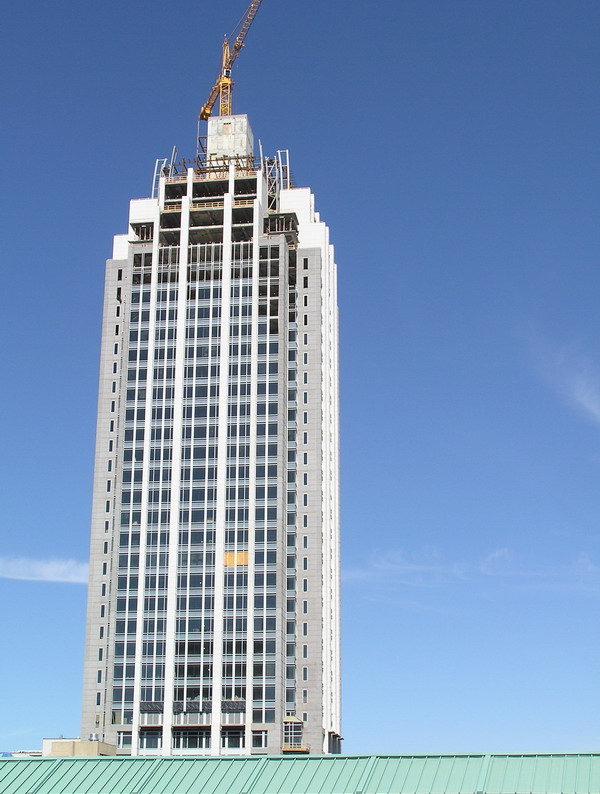
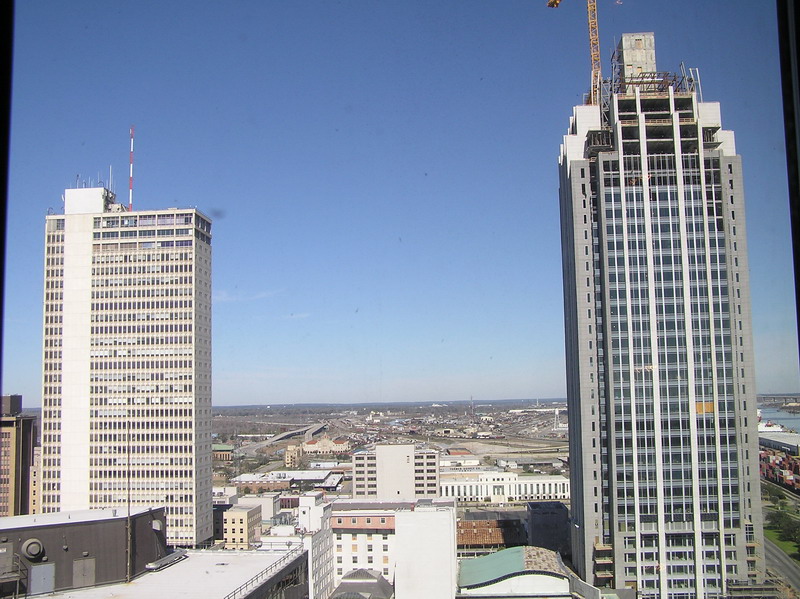
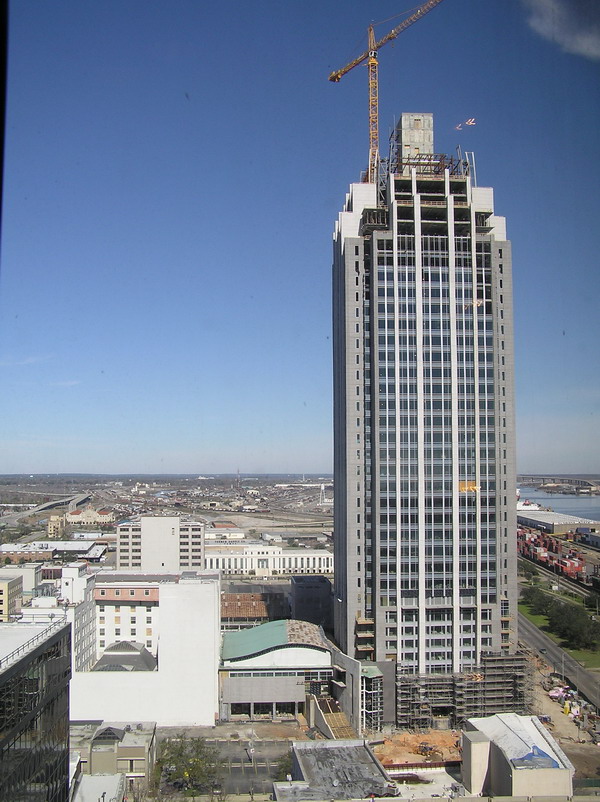
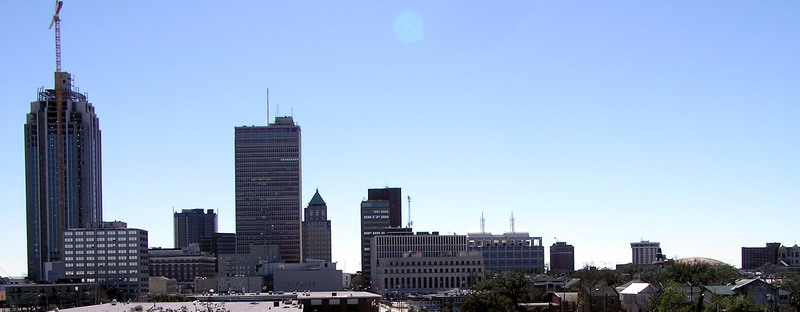
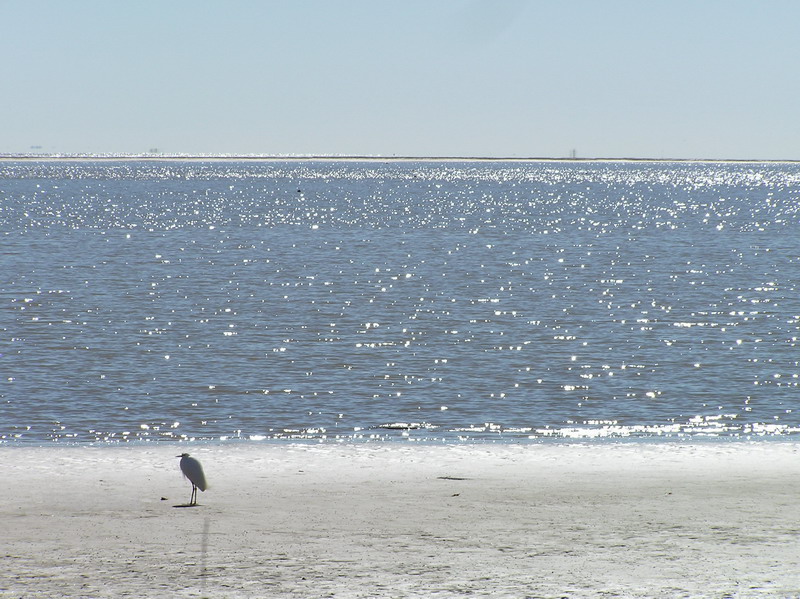
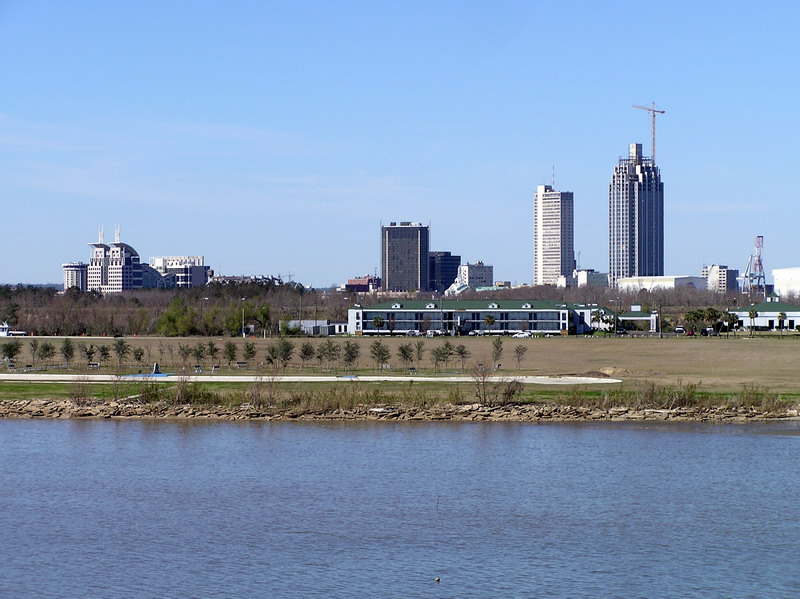
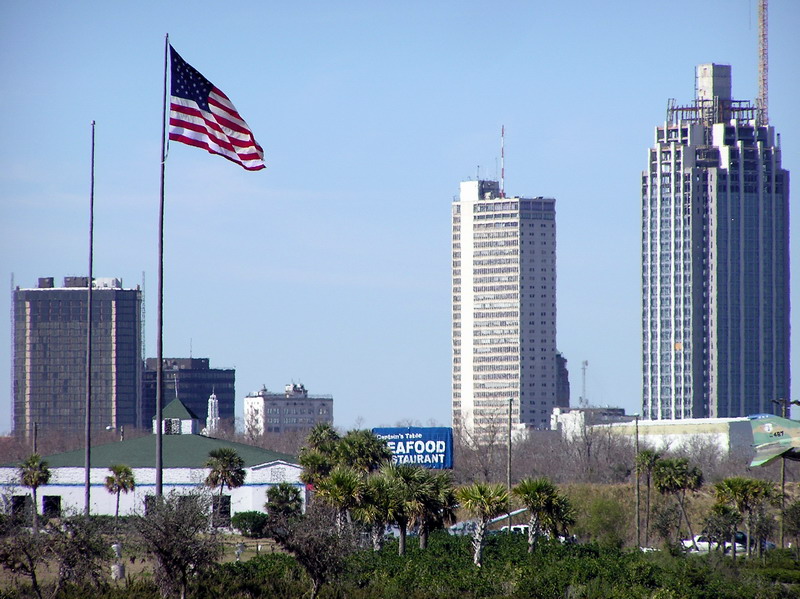 >
> 




















